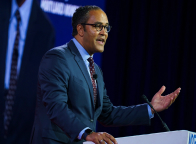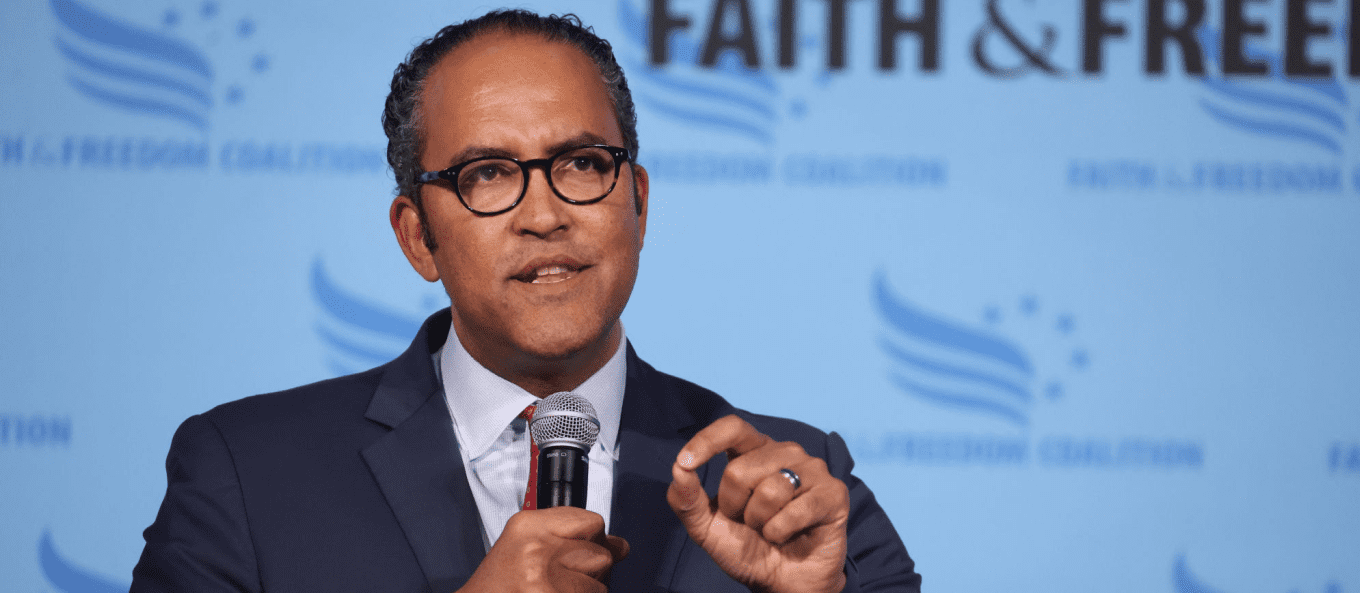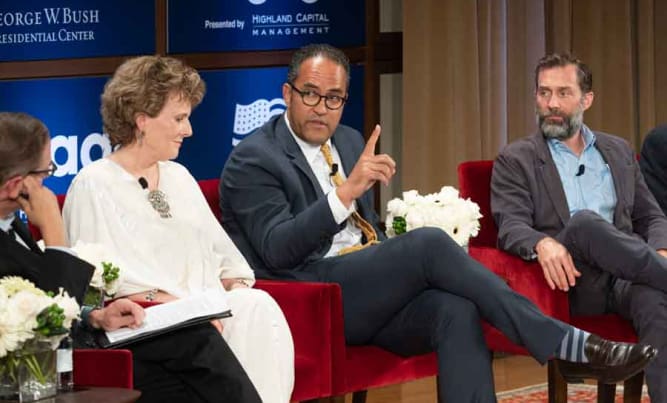Photo by DALL-E
3 min read
If you had worked hard to save $200,000 in your 401k and it was invested in NASDAQ on the day Joe Biden became president in 2021, two weeks prior to the 2022 mid-term elections you would have had only around $158,000.
This ramification of inflation is one of the main reasons Democrats’ chances of holding congress are sinking fast, even with unemployment matching its lowest point since 1969.
Despite having an economic council of advisors and an entire Treasury Department headed by a former Chairwoman of the Federal Reserve, President Biden is making and will likely continue to make a terrible mistake when it comes to inflation — downplaying the executive branch’s role in fighting inflation. Failing to except responsibiity is far from any essential leadership principles.
This isn’t an opinion; this is what the President has said himself. In May, President Biden wrote in an op-ed about the President’s plan to fight inflation that “the Federal Reserve has a primary responsibility to control inflation.” This statement minimizes the role of fiscal policy in our economic future.
So what should the president be doing?
1. Treat Fiscal Policy like it’s just as Important as Monetary Policy
There are two main types of economic policy: fiscal policy and monetary policy. Both fiscal and monetary policy can be used to influence economic growth, fight inflation, and address unemployment.
President Biden is making and will likely continue to make a terrible mistake when it comes to inflation
Fiscal policy refers to the executive branch’s attempts to influence the economy through use of:
- taxes
- spending
- borrowing
Monetary policy, on the other hand, refers to the actions of our central bank, the Federal Reserve, to influence:
- money supply
- interest rates
Economists explain there are two ways fiscal policy can reduce inflation: cut government spending or increase taxes. The absolute worst time to ever raise taxes is when the economy is in recession when individuals’ incomes fall, and more people are unemployed.
2. Stop Fueling the Fire
However, cutting government spending reduces the money supply in the economy, which can help bring down prices. Inflation is the erosion of the value of your money and the amount of money available to the public — currency, coins, checking accounts, and certificates of deposit — should not grow faster than economic output. When there is more money chasing after goods and services than there are goods and services, prices will go up.
The Biden Administration and his allies in a Democrat-led Congress failed to understand this principle when they turned the American Rescue Plan of March 2021 into law.
- The American Rescue Plan was the third budgetary stimulus delivered by the U.S. Congress, and had been described as crossing the line from appropriate economic support to dubious overreach.
In March and April of the previous year during the end of the Trump Administration Congress had enacted a $2.4 trillion fiscal stimulus, and in December we had followed up with a further $900 billion.
When there is more money chasing after goods and services than there are goods and services, prices will go up
With this extra spending in the pipeline, the U.S. economy was expected to grow by four percent between the fourth quarter of 2020 and the fourth quarter of 2021, a respectable performance. The March 2021 stimulus sloshed an extra and largely unnecessary $1.9 trillion of fuel onto the fire.
3. Stop Federal Deficits to Bend the Curve on National Debt
Another compounding benefit of an appropriate reduction in government spending (rather than increased spending) would be to decrease the federal deficit — the annual difference between the government’s revenue and spending. The federal deficit contributes to the national debt because it adds to the total amount of money that the government owes. When the government spends more money than it takes in through revenue, it has to borrow money to make up the difference.
In early October 2022, the U.S. national debt topped $31 trillion for the first time. As explained in a New York Times article:
Higher [interest] rates could add an additional $1 trillion to what the federal government spends on interest payments this decade, according to Peterson Foundation estimates. That is on top of the record $8.1 trillion in debt costs that the Congressional Budget Office projected in May. Expenditures on interest could exceed what the United States spends on national defense by 2029.
America’s national debt problem has long been viewed by many as sustainable because of historically low interest rates, but this is wrong thinking as the era of easy money concludes. To bend the curve on our national debt we will need to actually reduce federal spending — something that neither Democrats or Republicans have shown an ability to do. Here’s hoping that“Mr. Bipartisan” Joe Biden shows up in the final two years of his term when he has to deal with a Republican Congress.
First time reading? If you want rational takes on foreign policy, politics and technology then sign up below for “The Brief.” It’s a twice a month email on things that aren’t being discussed but should – all in 5 minutes or less.






























